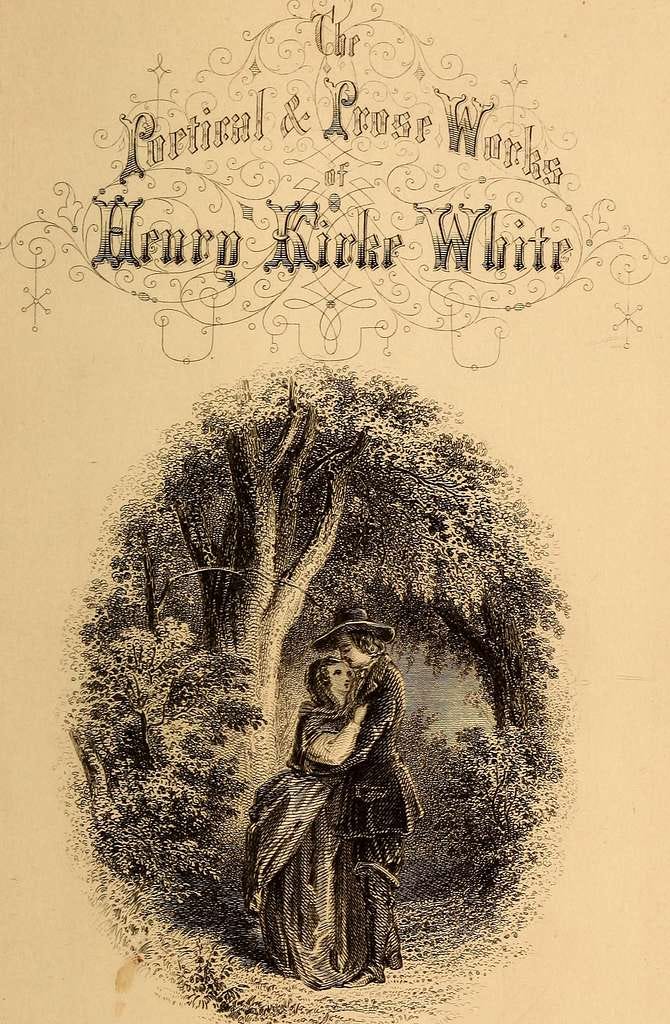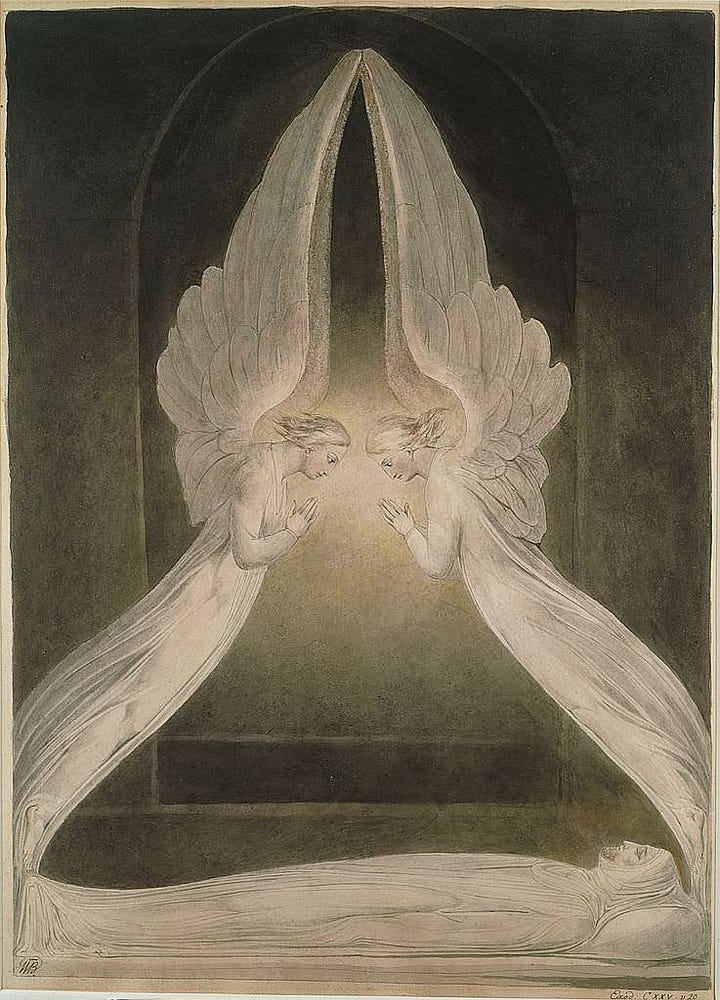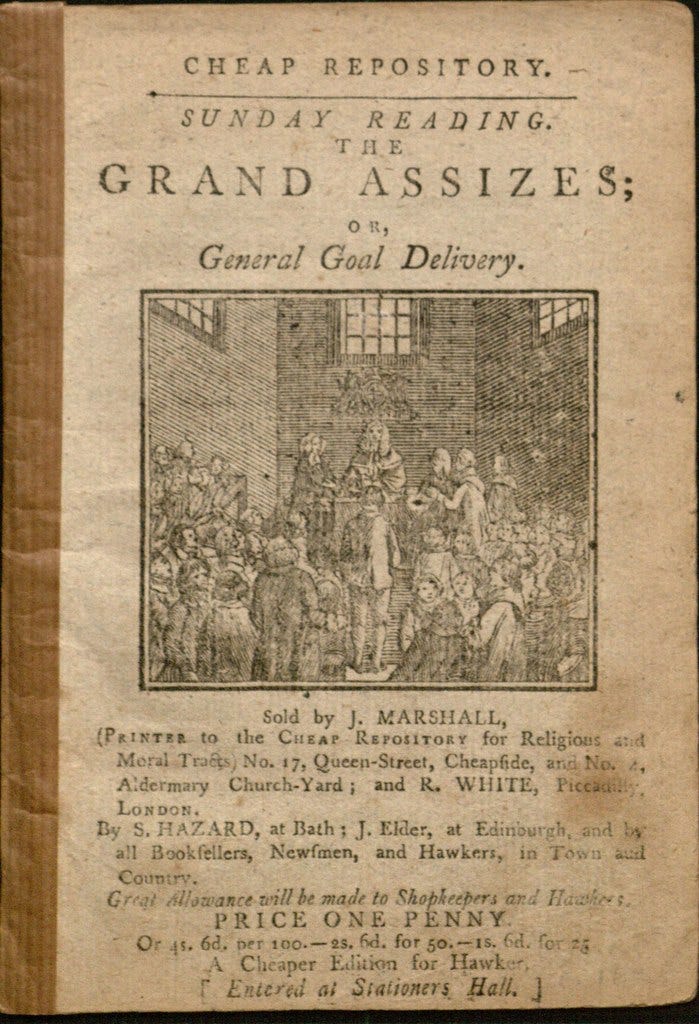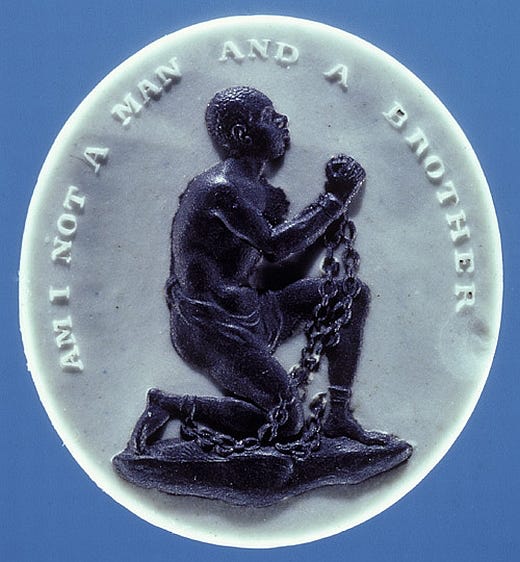Creators for Change
Mark Rodgers and award winning author Kevin Belmonte reflect on the power of creativity and storytelling in abolishing the slave trade.
This week, we’re excited to share the second page of our latest comic, Wilberforce’s Two Great Objects. This page focuses on the crucial battle fought by William Wilberforce, Hannah More, and the Clapham Sect to abolish the slave trade, highlighting how they harnessed creativity in their efforts. Read on for author Kevin Belmonte’s reflections on this moment in history, alongside insights from Salt and Light Stories founder, Mark Rodgers.
Mark Rodgers
Kevin, I think on the slave trade, we we have a sense in which there was a legislative policy initiative that had to be undertaken. The film [Amazing Grace] details that and it's a wonderful story. What I think is maybe not as well appreciated, is what the Clapham Group, and, frankly, how Hannah, understood the importance of movement building that involved shaping the moral imagination, the moral view through developing empathy through story.
So, could you just chat a little bit about that, because Hannah, she was a social reformer, but I think at her core she was a creative, a playwright, and a poet. She's a storyteller, the Cheap Repository Tract movement. I mean, she saw the power of story. In what ways are you aware of that she or others associated with Clapham used creative content to further their effort to abolish the slave trade?
Kevin Belmonte
Well, the first thing that comes to mind is the Christian Observer, the magazine that Wilberforce and Henry Thornton founded, both members of the Clapham Group; they approached Hannah very early on. Wilberforce said, “Look, I've agreed to write things. I have a book, A Practical View of Christianity, which is done well. But quite honestly, if we don't have other better content, the magazine might sink without a ripple. So, we need you. To sharpen your pencil, to dip your pen in the ink well and see if you can give us some things that would really help the magazine through the venue of story, appeal to people to use the imagination to be creative about ways of commending the Gospel,” and not just with Repository Tracts, which were wonderful.
They brought things before people like the old chat books that John Bunyan knew way back in the Pilgrims Progress days. That was one way to get at it. But they cared, as John Pollock said so well in his book about Wilberforce, about “making goodness fashionable.” And since they were both well placed in society, you know, the upper echelons, I think they had a very comprehensive approach. They sought to appeal to ways to help the poor come alongside them, to be sure and empower people on local levels to do that. But they, in their own right, because they had an entry to polite society, they could be welcome at Royal levies and receptions, obviously, Parliament settings like that. They wanted to do it from the top down and from the bottom up and meet in the middle.
And I think that was a very intentional thing. They could be forgiven for not thinking outside the box if they hadn't. But of course, they did. As it turns out, they were wonderfully inventive and creative. They could have been forgiven for just kind of speaking to their own class set, but they didn't. Yeah, Hannah More, as I say, took many of the poor under her own wing. Financially, Wilberforce did the same. He sponsored poets like the poet Henry Kirke White; he gave funds to help the artist William Blake when he was in financial need.


I mean, all of this spade work, it's hard to find them, because they were so modest about their philanthropic giving, they almost didn't want their names to go out. So, retracing their steps was a bit of a challenge. But you find things like some of the references I just made in diary entries of these people who were in need of William Blake at one point and Henry Kirk White and others. Hannah More and William Wilberforce were wonderful about coming alongside them. Writing letters of recommendation, using poetry. Poetry was a big way to help the abolition movement.
She wrote a powerful anti slavery verse, and that was [widely] read. And we know the Wedgwood cameo, and would be remiss if we didn't talk about that. That amazing work of taking someone who was a world class Potter and finding a way to give abolition, something that you could hold in your hands and look at, be moved by, something that you could display, something that would be in the homes of the fashion. But it wasn't just the cameo. I've seen renderings. I think it would be on sugar cups and tea items, things like that. They were writing a script that hadn't been written yet when it came to finding creative ways to speak into the culture.
Mark Rodgers
Now, Kevin, I often will say they literally were the pioneers of cause marketing. I mean, they found creative ways to embed that. If I remember right, they called these catalysts for conversation launchers. They assumed that having a broach or something would create an opportunity for a conversation, and they intentionally used that to promote their causes.
Thank you for reading Salt and Light Stories this week! Stay tuned for the next page of our mini-comic series to drop on Wednesday!






